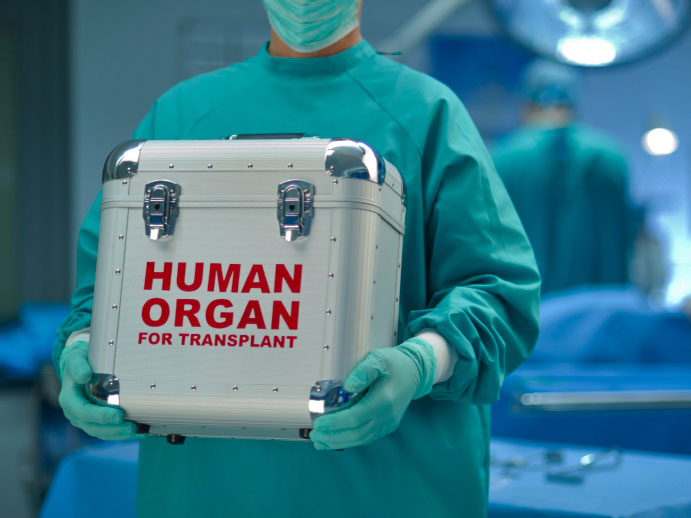False Hope When Waiting Your Turn Isn’t Fair
Main Article Content
Abstract
Mr. X is a vibrant seventy-eight-year-old patient who would be exultant on a sunny day. He is an enthusiastic sailor who owns his own boat and regularly competes in regattas. His friends and family are amazed at how defiant he is to being classified as elderly. But, elderly he is. The only thing that keeps him from more competitions is the interference of dialysis treatments three times per week. Mr. X has kidney failure and needs a kidney transplant.
Mrs. G. is an eighty-one-year-old college student, having returned to college to advance her passion for learning. Despite her age, she commutes regularly to campus and demonstrates that “where there is a will, there is a way”. But, Mrs. G. is starting to fail because she also needs a kidney transplant and the reality of imminent dialysis hovers over her life.
Both Mr. X. and Mrs. G. were patients under my care until last July when I retired as a transplant coordinator, after forty-three years of nursing, twelve years as a kidney transplant coordinator, and fifteen years as a dialysis supervisor. Both of my parents were on dialysis for many years until their deaths. Therefore, from my perspective I feel appropriate speaking from both “sides of the fence” regarding the ethics of kidney transplantation, the effects of dialysis on the health and psyche of the patient whose kidney is failing, and the hidden discriminations that influence which patients are transplanted and those who linger with false hope.
It is a complicated allocation system to find equity for all those who need a kidney. The United Network for Organ Sharing (UNOS) recently introduced a system that attempts to provide the top 20 percent of above-average kidneys to the top 20 percent of patients most likely to survive transplantation. The remaining 80 percent of kidneys are distributed among the recipients based on their age, years on dialysis, and other complicating medical co-morbidities, such as heart disease and blood type. The Scientific Registry of Transplant Recipients, a federally funded report keeping statistics on potential transplants, indicates that there are more than 100,000 patients waiting for organs with more than 30,000 new patients added every year.
So why the title “False Hope”? When did the old adage we were taught as children, “be patient and wait your turn,” become less than truthful when applied to kidney transplantation?
You first need to understand how a kidney failure patient gets listed. Anyone can refer oneself for transplant to a center, normally done by the patient’s nephrologist. The center arranges an interview with the members of the transplant team to determine how strong a given candidate is. The transplant coordinator presents the candidate’s data to a selection committee, composed of all the members of the team. A decision is made to list the patient, defer the patient, or deny the patient for listing.
Transplant coordinators advocate for their patients, often fiercely. When an organ becomes available, the transplant surgeon on call reviews the patients at the top of the computerized list and instructs the coordinator on which patients he or she wants to cross-match in order to determine if the patient is compatible. This is where the discrimination often occurs!
The transplant surgeon desires the best results. This means that the surgeon wants both the transplanted organ and the patient to survive as long as possible. The transplant center wants its statistics to excel when compared to other transplant centers. This hope is not only humanitarian, but has implications with insurance companies that decide to restrict the patient from listing at centers with lower than average survival.
It is the surgeon’s choice as to which patient is chosen, not the amount of time that the patient has been waiting. Medical professionals and the lay public might argue that this is as it should be. The transplanting surgeon should be confident that he or she made a judicious decision about which patient to transplant and the transplant recipient would obviously share that desire. But what about Mr. X and Mrs. G when their names come to the top of the list? Because of their age, they are often overlooked and never given a chance to be cross-matched. Or, if they get lucky enough to be included in the cross-match, they are not selected due to age bias from the surgeon, who may have never met the patient.
How do we correct this bias when our population is growing older in greater numbers than ever before? The ethical dilemma is transparency. The solution is twofold: first, do not list a patient and give him or her false hope unless every surgeon on call agrees not to eliminate patients based on age alone, and, second, hold surgeons accountable for those whom they passed over by regular reviews of cross-match lists. Until then, Mr. X and Mrs. G will believe that the system is equitable when, in fact, it is nontransparent.

